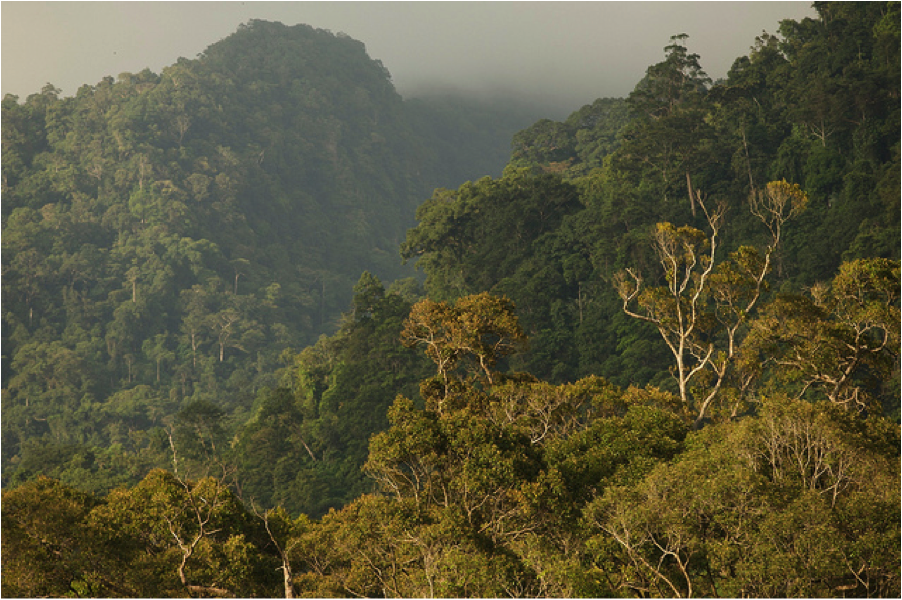This article by Rina Chandran was published on Rueters, November 13th, 2018.
GAJAH BERTALUT, Indonesia (Thomson Reuters Foundation) – In a community hall, a group of men sit cross-legged on mats, poring over documents and maps marked with forests, farmland, a river and the village of Gajah Bertalut in Indonesia’s Sumatra island.
They are gathered to work on their claim to legal rights and a collective title to 4,414 hectares (17 square miles) of land on which they have lived and farmed for years.
“This is proof that you have lived here and used the forest land, and that you have customary rights over it as indigenous people,” explained Rakhmat Hidayat of research organization World Resources Institute (WRI), holding a sheaf of papers.
“Once you get the title, you will have more control over the land, and you need not worry about the land being taken for mining or palm oil plantations against your wishes,” he said.
Gajah Bertalut in Riau province is among the first villages to have its land mapped by WRI as part of the government’s drive to clarify land holdings using satellite technology and local records, with the help of community leaders and researchers.
Indonesia aims to register all land holdings under its One Map initiative by 2025.
Following a landmark 2013 ruling by the Constitutional Court to remove customary forests, or hutan adat, from state control and restore them to indigenous communities, President Joko Widodo has vowed to return 12.7 million hectares of land.
As of 2017, titles to 1.9 million hectares of forest land have been given, benefiting about 500,000 households, according to the ministry of environment and forestry. MORE…

